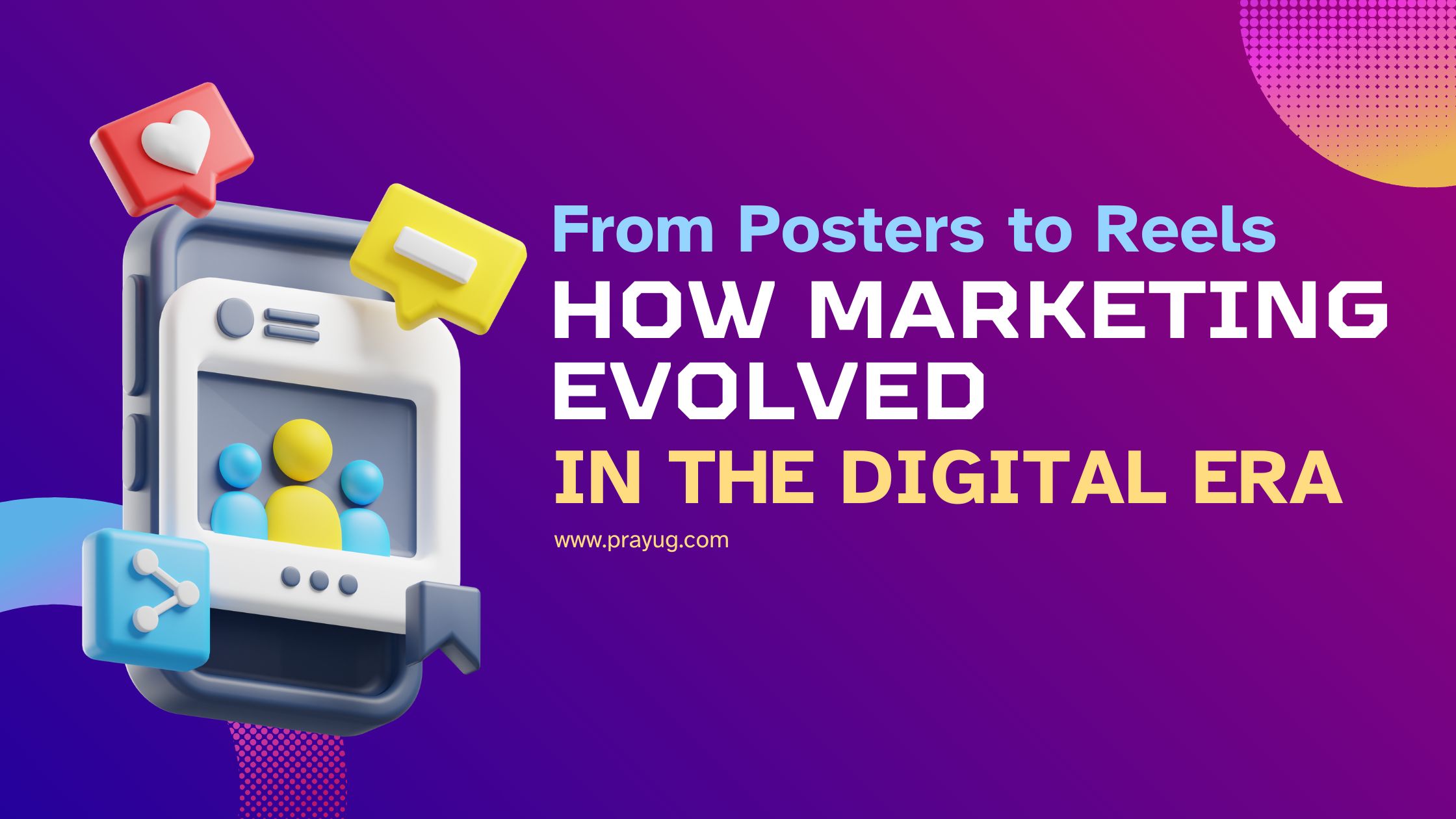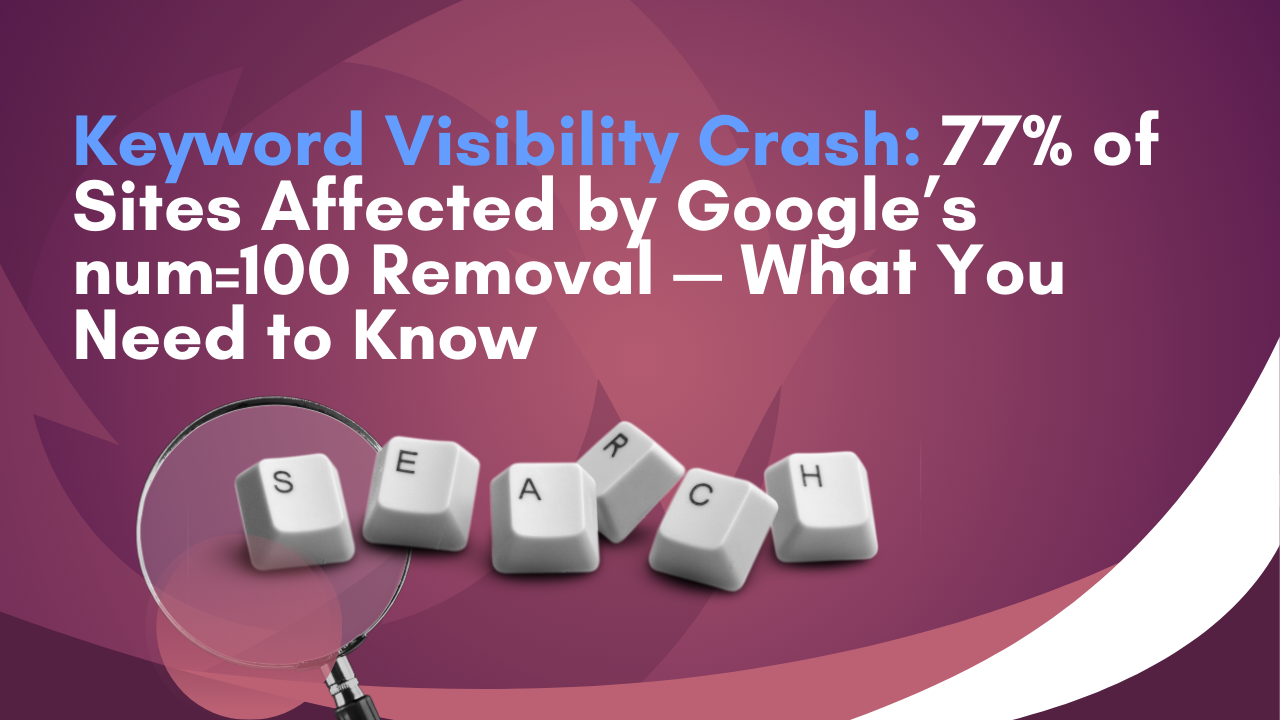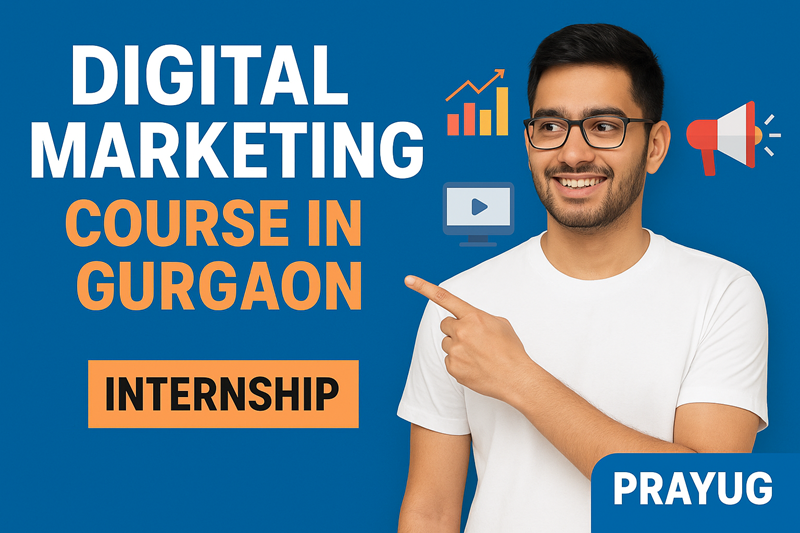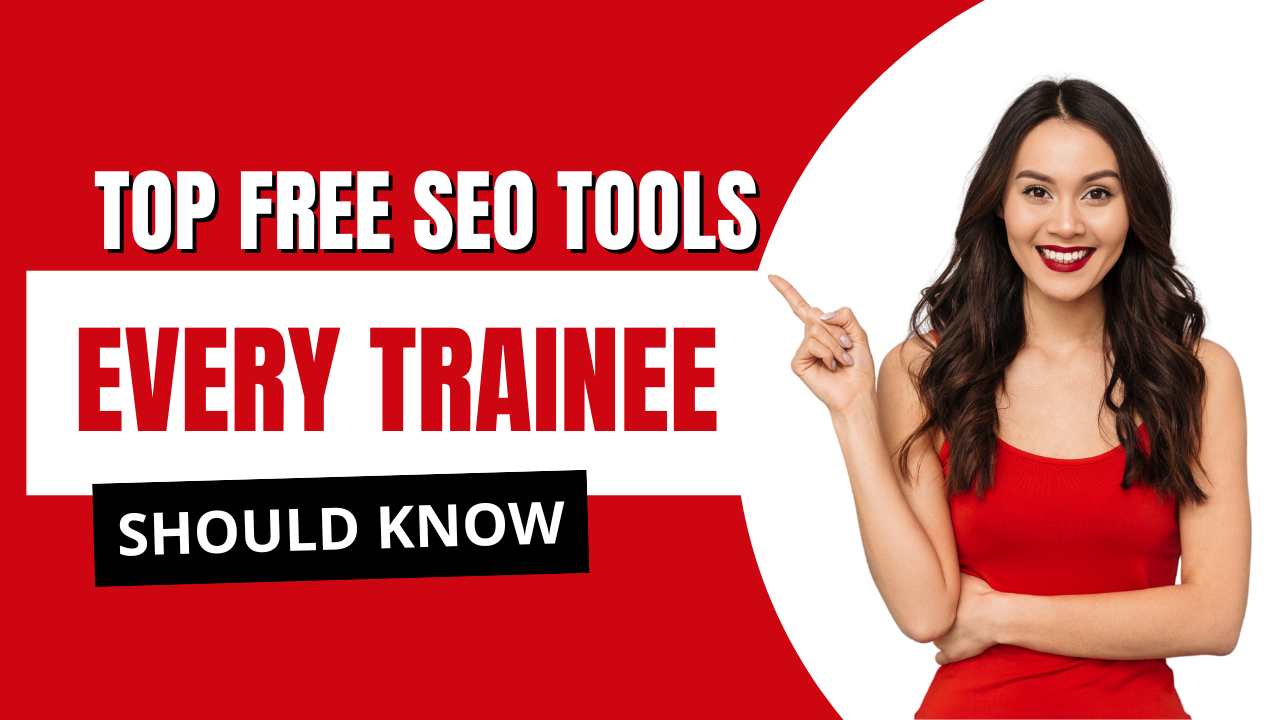From Posters to Reels: How Marketing Evolved in the Digital Era

The Changing Face of Marketing
Marketing has always been about one thing — connecting with people. But the way we make that connection has completely changed. A few decades ago, businesses relied on posters, billboards, and TV commercials to get noticed. A catchy jingle on the radio or a colorful ad in the newspaper was enough to make a brand stand out.
Fast forward to today — everything happens with just a click. A short Instagram reel or YouTube ad can reach millions within minutes. The marketing world hasn’t just gone digital; it has transformed how brands think, plan, and engage with their audience.
When Marketing Was All About Trust and Emotion
There was a time when marketing was simpler — and slower. It was the era of traditional marketing. Brands focused on trust, emotion, and storytelling.
Television ads brought families together in front of one screen. Radio jingles played in every shop and cab, making sure people remembered the tune even years later. Posters and billboards made products feel larger than life. Back then, marketing felt personal — it spoke directly to people’s hearts.
But traditional marketing had its challenges. It was expensive, and tracking success was nearly impossible. How many people actually noticed that billboard? Or how many bought a product after hearing a radio ad? No one really knew. For small businesses, these methods were often out of reach.
Still, traditional marketing built something invaluable — brand loyalty. People trusted the brands they saw on TV or in newspapers. That trust laid the foundation for the marketing systems we use today.
The Digital Revolution: Marketing Goes Global
Everything changed with the rise of the internet. The arrival of Google, Facebook, Instagram, YouTube, and LinkedIn opened new doors for businesses of all sizes. Suddenly, even a small local brand could reach a global audience without spending a fortune.
This was the birth of digital marketing — a smarter, faster, and more data-driven way to promote products and services.
Instead of targeting “everyone,” brands could now focus on specific audiences based on interests, behavior, or location. Platforms offered powerful tools to track performance and understand what customers really wanted.
Techniques like SEO (Search Engine Optimization) helped businesses appear on Google searches, while social media marketing made it easy to build direct relationships with customers. Email campaigns, influencer collaborations, and content marketing added new layers of engagement.
Digital marketing turned advertising into a two-way street. Customers could now like, comment, share, and even chat directly with brands. It wasn’t just about selling — it was about starting conversations.
Why Digital Marketing Changed Everything
The biggest advantage of digital marketing is its accessibility. You don’t need a huge budget to get started. A creative idea and the right strategy can go viral overnight.
Another major benefit? Instant feedback. Brands can see real-time results — what’s working, what’s not, and how to improve. That kind of insight was impossible in the traditional era.
Plus, digital marketing provides personalization. Instead of generic ads, people now see content that’s relevant to them. When done right, this makes marketing feel less like an interruption and more like a genuine experience.
Ultimately, digital marketing gave businesses something priceless — data. And in today’s world, data is power. It helps brands understand their audience, optimize campaigns, and make smarter decisions.
The Future: Where Creativity Meets Technology
As we move further into the digital age, marketing continues to evolve. Artificial Intelligence (AI), Augmented Reality (AR), and automation are taking campaigns to the next level.
AI tools help marketers predict what customers might want next. AR lets shoppers “try before they buy” with virtual previews. And automation ensures the right message reaches the right person at the right time.
Meanwhile, short-form videos — like Instagram Reels, YouTube Shorts, and TikToks — dominate attention spans. The key is storytelling: brands that can entertain, educate, or inspire within a few seconds are winning the game.
The future of marketing is not just digital — it’s personal, authentic, and creative. People no longer want to be sold to; they want to be understood.
Wrapping It Up
From posters on the wall to reels on your phone, marketing has traveled an incredible journey. Traditional marketing taught us how to build trust and tell stories. Digital marketing showed us how to reach the world, analyze behavior, and create personalized experiences.
Today’s most successful brands blend both — the emotion of traditional marketing with the precision of digital strategy.
Because at its heart, marketing hasn’t changed. It’s still about people — their needs, their dreams, and the stories that move them.
Top Blog Posts





